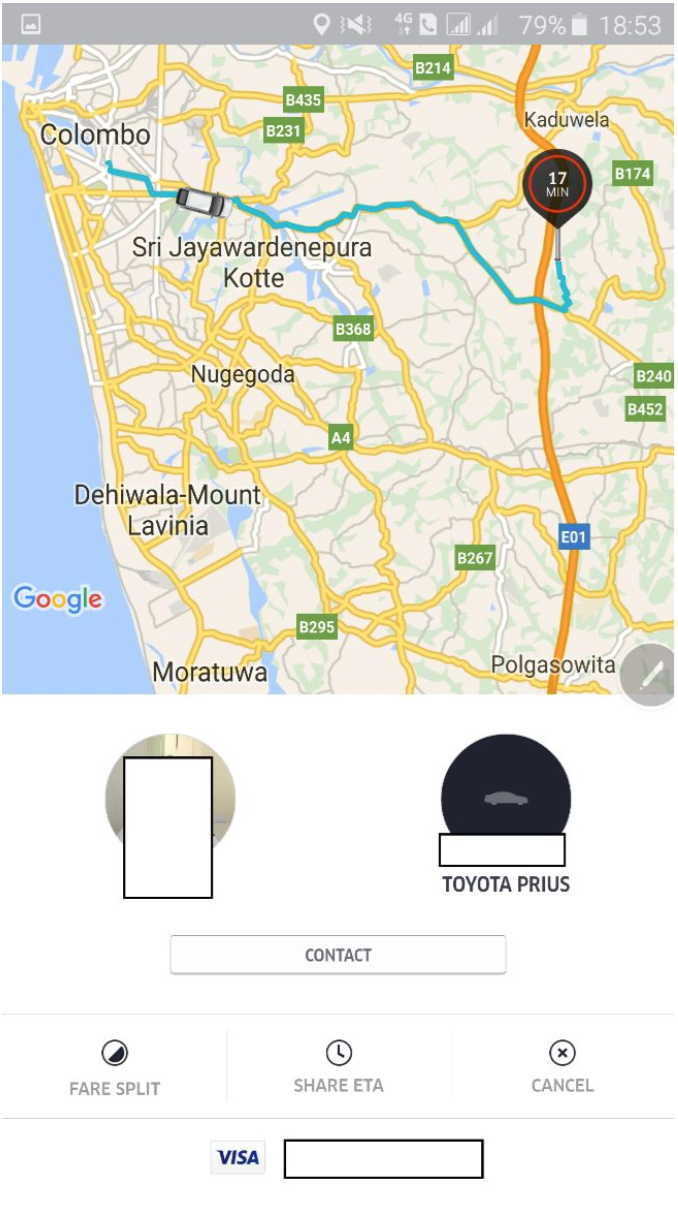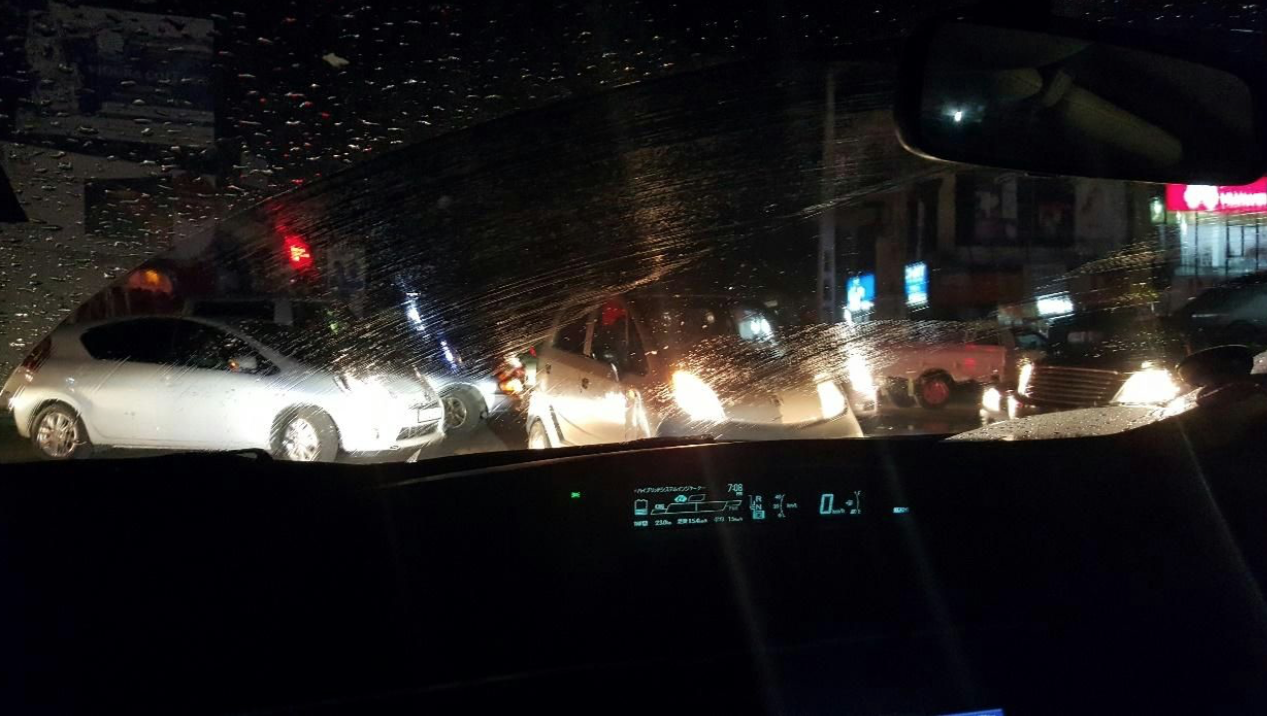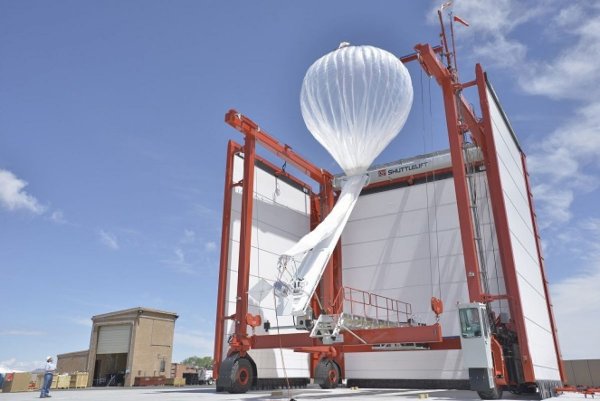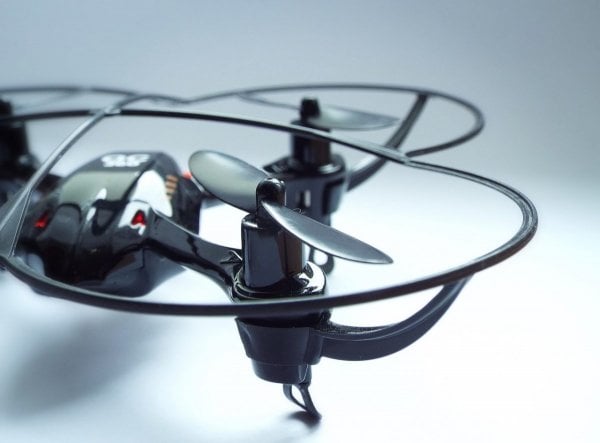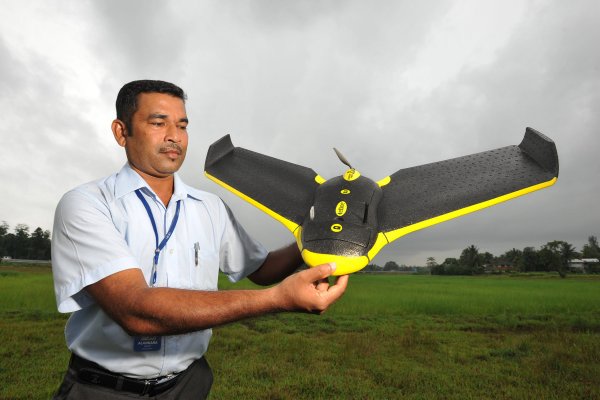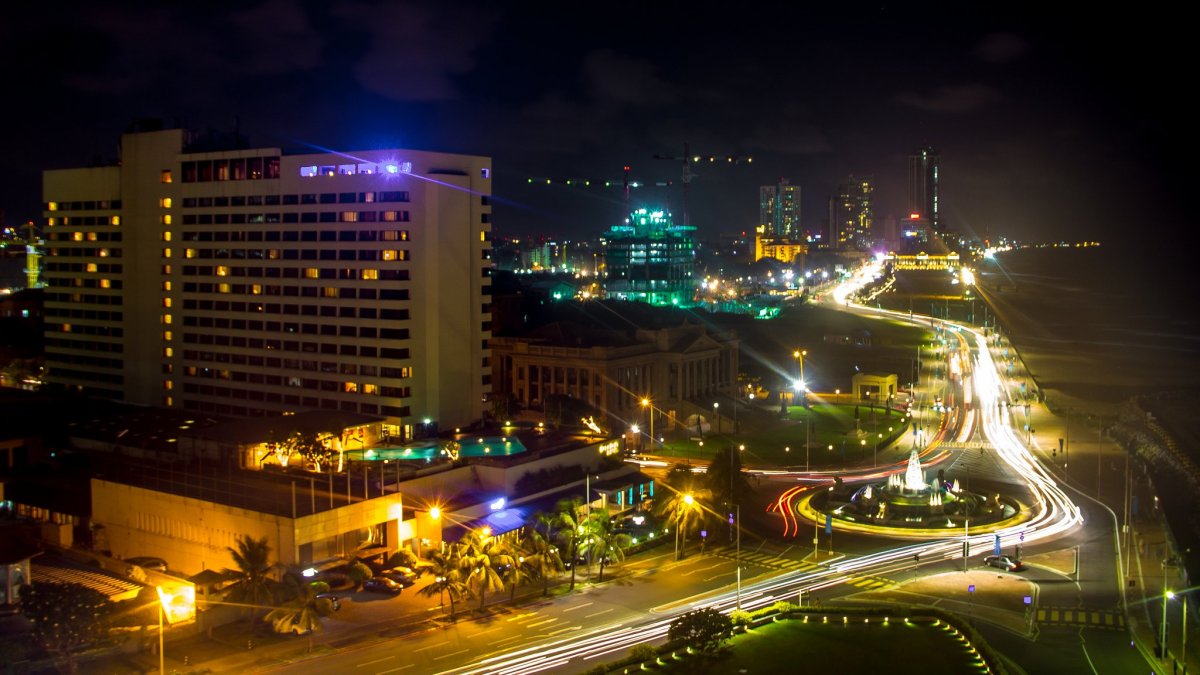
After a hard day at work, we at Roar decided to take an Uber back home. Being big fans of the service, and having used it in California, New York and Sydney, we thought that this would be a good opportunity to compare Uber’s service in Sri Lanka to all the other (overwhelmingly positive) experiences we’ve had outside the country.
The Adventure Begins
Under normal circumstances, getting a regular cab during rush hour (6.30 pm in this case) can vary from being extremely challenging to near impossible. The UberX we hailed (the only service that Uber offers in Sri Lanka for the moment) took around 10 minutes to get to Town Hall with an ETA of 6 minutes. The ETA wasn’t perfect but we can live with a delay of a few minutes given the abysmal state of traffic in Colombo.
We set ourselves a lofty target – the drop off point was a good 15km away in the suburbs of Athurugiriya. Can Uber Sri Lanka handle this? We were about to find out.
The Driving Experience & Service
The driver who picked us up had been on the job just a day and a half. He was courteous and spoke fluent Sinhalese but was not very conversant with the app interface on his end. We had to assist him to push the right buttons on his Uber app and help him get Google Navigate started. It wasn’t too bad, and we did we enjoy the good natured banter that followed. The ETA for the whole trip was off by about ten minutes but we can’t really blame Uber’s learning algorithms for not adapting quickly enough to the appalling road conditions of Sri Lanka.
Overall, the experience was pleasant and on par with the driving experience we’ve had overseas. And most importantly, we arrived at our destination (almost) on time without having to haggle about price, fish for loose change in our wallets or deal with an annoying blizzard of phone calls from a driver who would have struggled to find our location had this been a traditional Lankan cab ride.
The Technology
After we settled into our seats, we asked him about the phone he was using to run the app. “The company gave us Chinese made android phones. They also pay our data bills and gave us a SIM card. However, they will be deducting 1000 rupees every month from our account for the next eight months to cover the cost of the phone,” he remarked. “This phone gets really hot when the GPS is running, I’m worried that it will freeze up and crash,” he said, adding that “this GPS pronounces the names with a funny accent, I can’t understand anything!” Fortunately we knew the roads well enough to direct him without the aid of Google Navigate. On five different occasions, Google Navigation asked us to take a U-turn when there was no need to do so or when a U-turn did not exist. Clearly there are a lot of kinks with Navigation.
“As far as I can tell we have about fifty cars operating in Colombo and almost all of them are hybrid vehicles,” he said.
Note that we didn’t see the iconic “U” Uber sticker on the car and the driver mentioned that no special training, other than the basics of using the app, were given to him. Something to keep in mind when spotting your next Uber.
The Business Model
The driver mentioned that he was recruited by a fellow Uber driver and that each driver gets paid five thousand rupees for every driver they recruit.
“Almost every driver has a lease where they have to pay more than 75K rupees every month. My lease is at 97K and I have to make at least 4K a day in profits to meet this. It’s quite a challenge,” he said, adding that Uber has promised to pay 3.5K every day if the drivers don’t get a hire during this experimental period, ending in January next year. “I’m not sure if they’ll deliver on this promise,” he added, looking concerned.
The driver also mentioned that most, if not all, drivers have taken this on as an experiment, at least for the next few months. If they do make a reasonable profit then they would consider staying on. “I’ll have to go check my bank account at the end of all this, I’m fairly confident that I’ll make it but let’s see,” he went on to add.
Having completed our ride and comparing it against the app the driver was running, we realized that Uber was taking a 25% cut of the fare and exactly 75% of the fare was deposited to the driver’s account directly. The driver was confused about how this worked and we had to explain it to him until he realized that he wasn’t being cheated on by Uber. “This is great, the money is deposited into my account and I don’t have to worry about finding change,” he said. Exactly Mr. Driver, we couldn’t agree more.
“Most people don’t use credit cards in Sri Lanka and other cab companies may have an advantage over Uber because of this, but then again this is a lot more convenient,” he added thoughtfully.
So How Much Does it Cost?
The good news is, surge pricing didn’t kick in, despite the fact that we hailed the cab during a rainy evening in the middle of rush hour. Surge pricing is where Uber attempts to ease demand when supply is scarce by increasing pricing per ride. Our guess is that demand isn’t as high since they’ve only been around a few weeks and supply isn’t scarce enough to warrant surge pricing. Enjoy your normal priced rides for now, Colombo!
Uber typically charges a base fee, a ride fee and a waiting fee as per their complex proprietary algorithm. For Sri Lankans who are used to being quoted a per km rupee rate, this can be a little confusing. For instance, the driver declared that Uber had promised a flat rate of Rs. 50 per km. Our estimates based on distance and the final bill correlated with this value closely.
If we take the Rs. 50 per km rate at face value, this would mean that Uber is slightly more expensive than your average nano cab (Rs. 42 per km) but a lot cheaper than Kangaroo and other 5XX sedan cab rides (varies between Rs. 68 per km to Rs 78 per km). At face value, Uber seems to have carved out a rather interesting niche in terms of pricing. It remains to be seen if they survive the test that is the Sri Lankan cab marketplace.
Coverage
If you’re looking to catch a ride around Malabe or Papiliyana and if you were wondering whether an Uber would leave Colombo city limits to pick you up and drop you, you’re in luck. Our driver took us all the way to Athurugiriya (without any surge pricing – do note that Kangaroo charges an extra Rs. 350 to reach these parts) and he mentioned that he had two pickups from Malabe to Colombo. He also spends his time around Mt. Lavinia and Papiliyana. However, do keep in mind that the best and most reliable service would still be centered within Colombo city limits.
We tried to catch an Uber, having landed at the Katunayake airport a few days ago, but couldn’t find a car (at about 12 midnight). However, our driver assured us that yes there are a few drivers around the airport that do operate late. If our readers are successful in hailing an Uber at the airport, do let us know in the comment section and share your experience.
Closing Remarks by Mr. Driver
“I’ve had four hires for the whole day, I took some time off around lunch time to do some personal errands and had turned off the app. All in all it has been a good start. I try to stay focused on hires in the morning and the evening, this is when business picks up,” he said.
Our driver is also a tour operator and mentioned that he plans to carry on with this business during non-peak hours when the number of Uber requests drop. “Uber has allowed me to be flexible when it comes to running my own tour business,” he added.
On Uber itself, the driver had this to say: “I love the fact that I don’t have to call customers and waste time and money figuring out the pickup location. The fact that I don’t have to haggle over price or worry about change is a huge benefit, too.”
The Verdict
Overall it was a good experience, given the horrible cab experiences we are used to in this country. The service, however, needs some improvement to reach the levels of reliability that Uber is known for around the world. The algorithms need to be a bit more precise, especially when it comes to ETAs, but we do understand that this is challenge given the road and traffic conditions in Sri Lanka. However, we are confident that Uber Sri Lanka will continue to improve as time goes by with more drivers, as well as users, becoming conversant with the system and as the algorithm learns and improves. We are enthusiastically looking forward to our next Uber ride. Expect things to be a little bumpy, however, as Uber figures things out in Sri Lanka during the next couple of weeks to months.
Featured Image – Colombo Light Trails by Nazly Ahmed
Want to join UBER? Use the promo code ROARLK to receive LKR 500 off your first trip! Valid till End of 2015.
